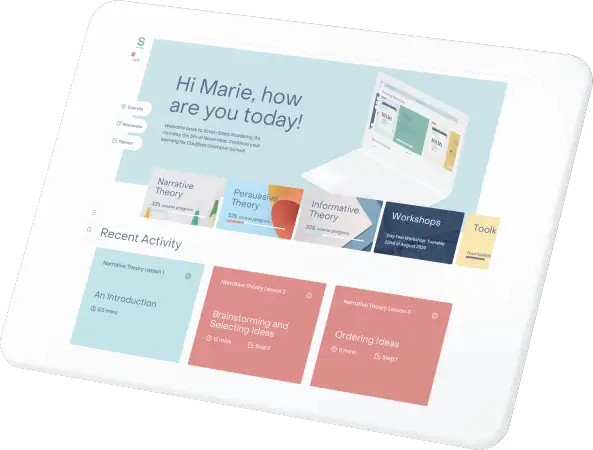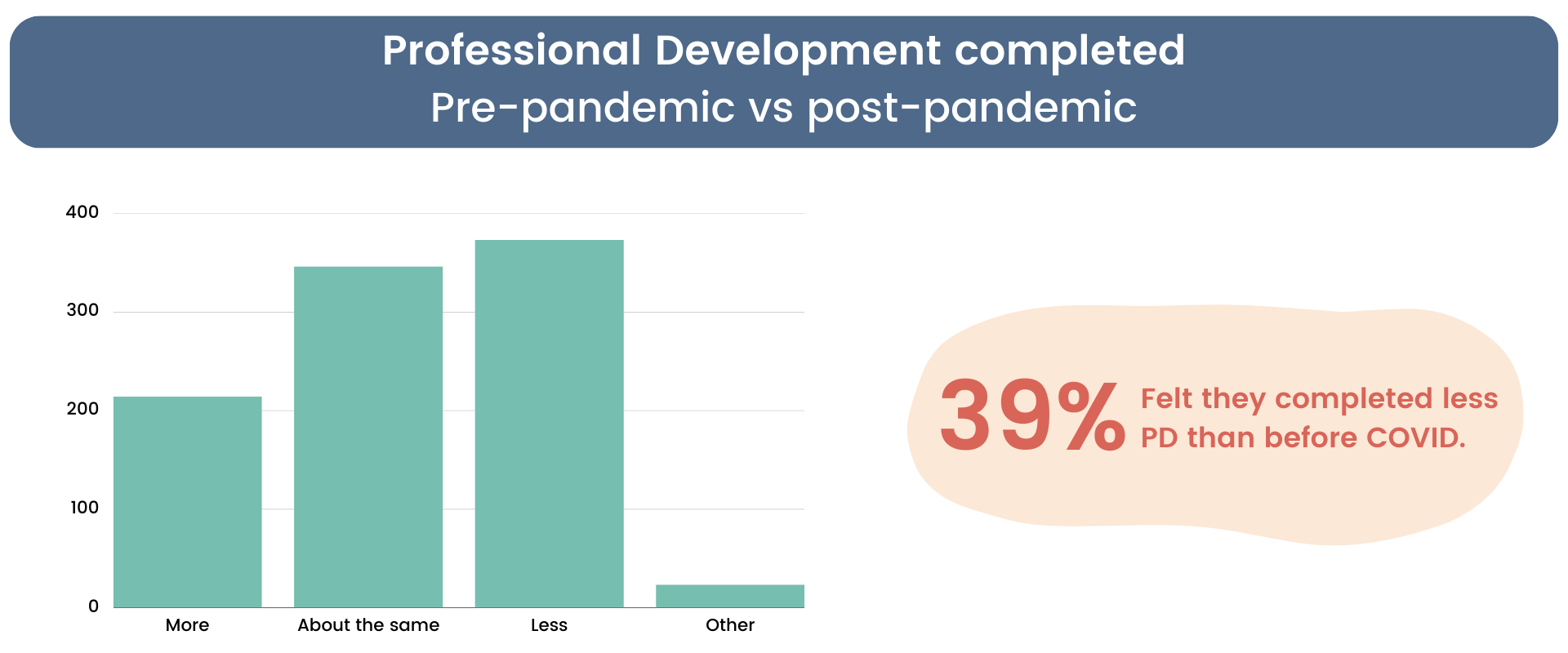The Seven Steps ‘Professional development in the Australian education industry’ survey opened in December 2022 and received over 960 responses from primary and secondary teachers and school leaders across all sectors.
The aim of the survey was to find out more about what’s happening for teachers personally and in their schools in regard to professional development (PD). It covered a wide range of topics on PD – from the method of delivery and learning focus to approvals and budgets.
We truly appreciate the time and candour of everyone who participated. What came through loud and clear is that Australian teachers care deeply and are doing their best in really tough circumstances.
As a company that has teachers and students at its very heart, it was tough to read so many comments from overworked, exhausted professionals who are still striving to improve their teaching practice to benefit the students in their care.
Australian teachers are crying out for hybrid learning models, support in teaching writing and flexible professional development options.
Our goal is to highlight and where possible alleviate some of the issues facing teachers when it comes to accessing PD. The patterns and trends were clear and repeated across a wide variety of contexts and settings, providing invaluable insights into the current pressures on schools and teachers.
So we wanted you to know: you’re not alone!
Timing of the training, the time out of the classroom that needed to be covered by colleagues or CRTs and associated staffing issues made up 60% of the reasons why teachers attended less training. The knock-on effects of COVID-19 accounted for much of the rest.
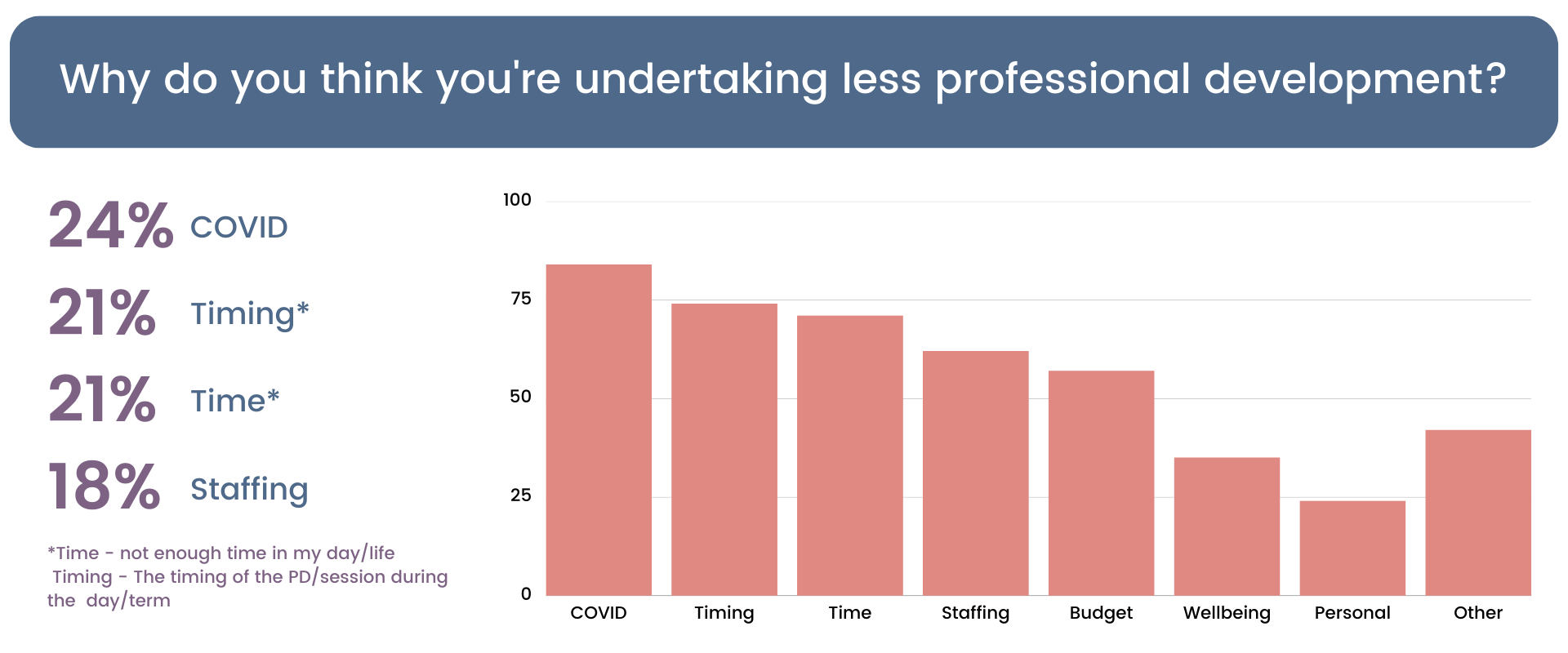
Almost a quarter of responses noted COVID as the main reason why respondents are undertaking less professional development.
After COVID, Timing, Time and Staffing Issues make up 60% of reasons cited.
COVID-19 lockdowns and the consequent need to work remotely saw a shift to online training, which eased some barriers to teachers accessing PD. The time and money saved and the easy accessibility of online PD has been a considerable advantage for so many teachers.
While many teachers still prefer face-to-face PD because of the buzz and the opportunity to connect and reflect outside of their own school, the pressures of staff shortages, shrinking budgets and the need to be in the classroom with students means that flexible hybrid models are essential for many teachers when accessing training post-COVID.
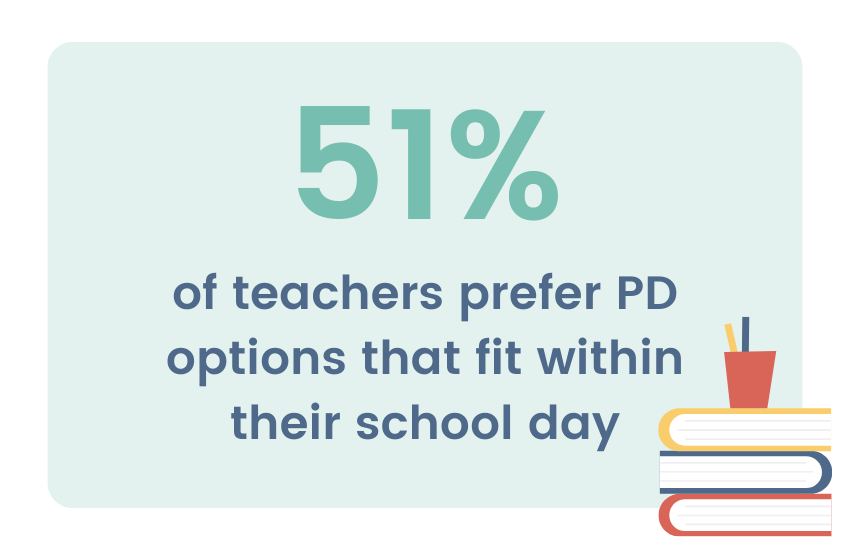
Preferred time for online PDs
It’s not surprising that teachers prefer PD options that fit within their school day. Teachers are time-poor. This is not a new phenomenon, but it does seem to be worsening. In addition, schools are facing stricter time-in-lieu rules that make it more difficult for teachers to attend training outside of the school day.
Writing: The preferred area of focus for schools
Over half of survey respondents felt that writing was the area where students needed the most help.
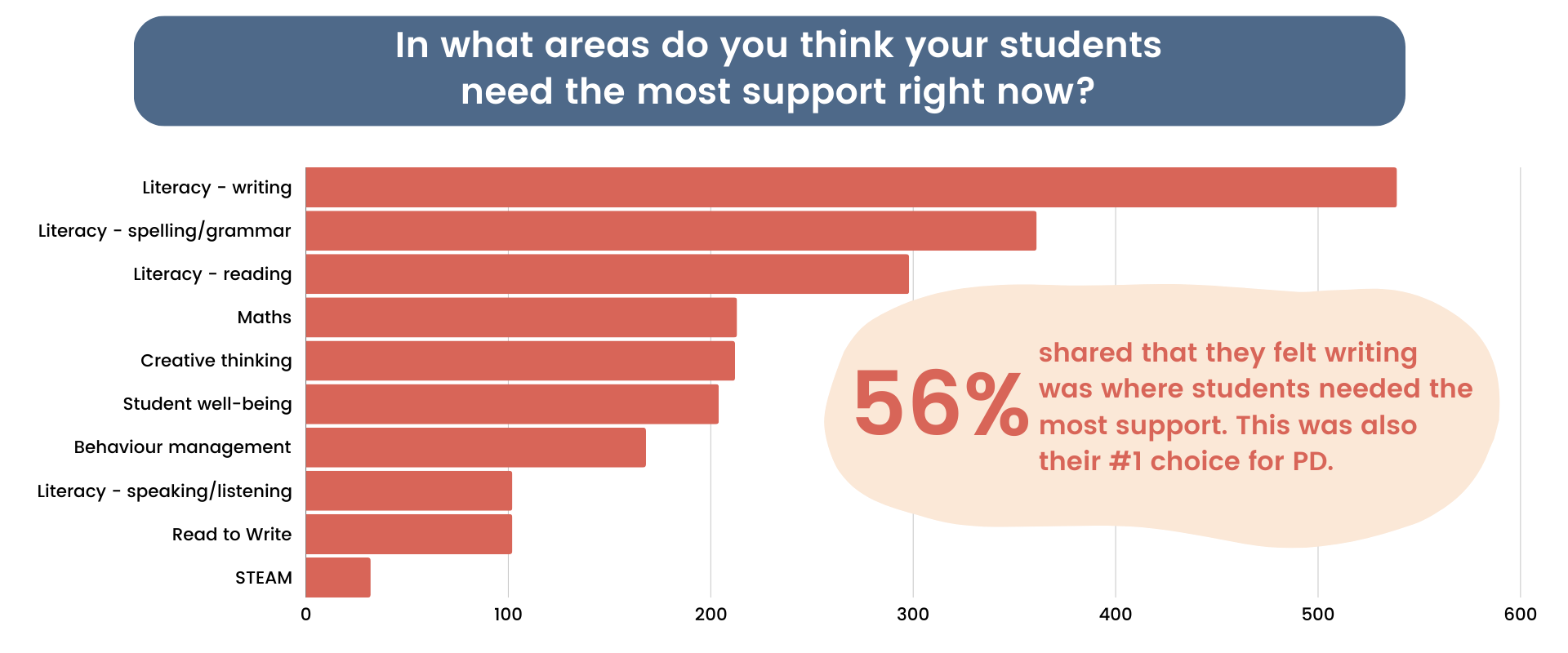
So, professional development in literacy is seen as a high priority by teachers and schools alike. And it’s training in teaching writing that teachers and schools are specifically calling out for.
Literacy – writing is the school focus for 43% of teachers surveyed and it clearly features high up the priority list in school improvement plans. In addition, when we asked teachers what professional development they would choose for themselves, 48% chose Literacy – writing as their preferred area of focus.
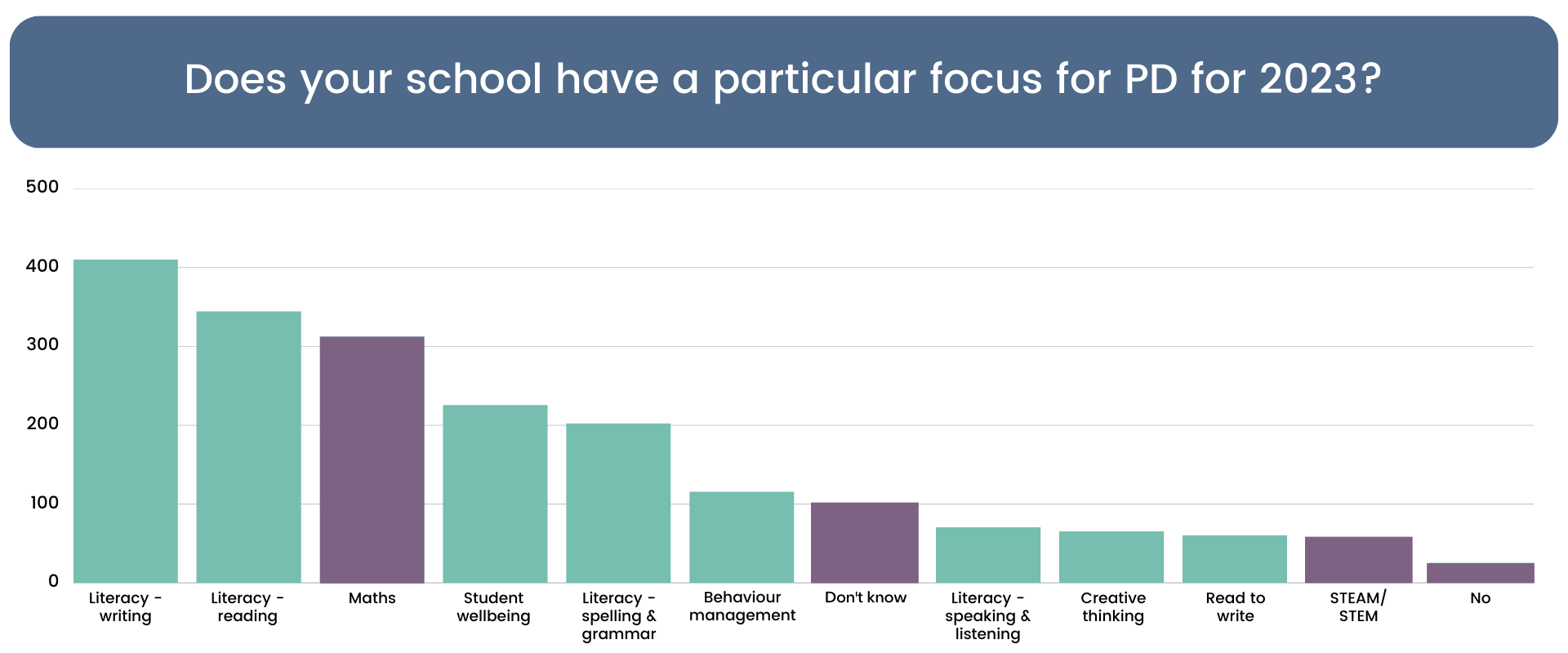
Teachers most concerned with meeting students’ needs
Teachers reported challenges in managing big classes, new curricula and students who are struggling to get back into routines post-COVID. There were also many comments about multi and diverse needs, differentiation, engagement and attendance. Thirty-one per cent of comments indicated that Meeting students’ needs was the greatest concern for their classroom this year.
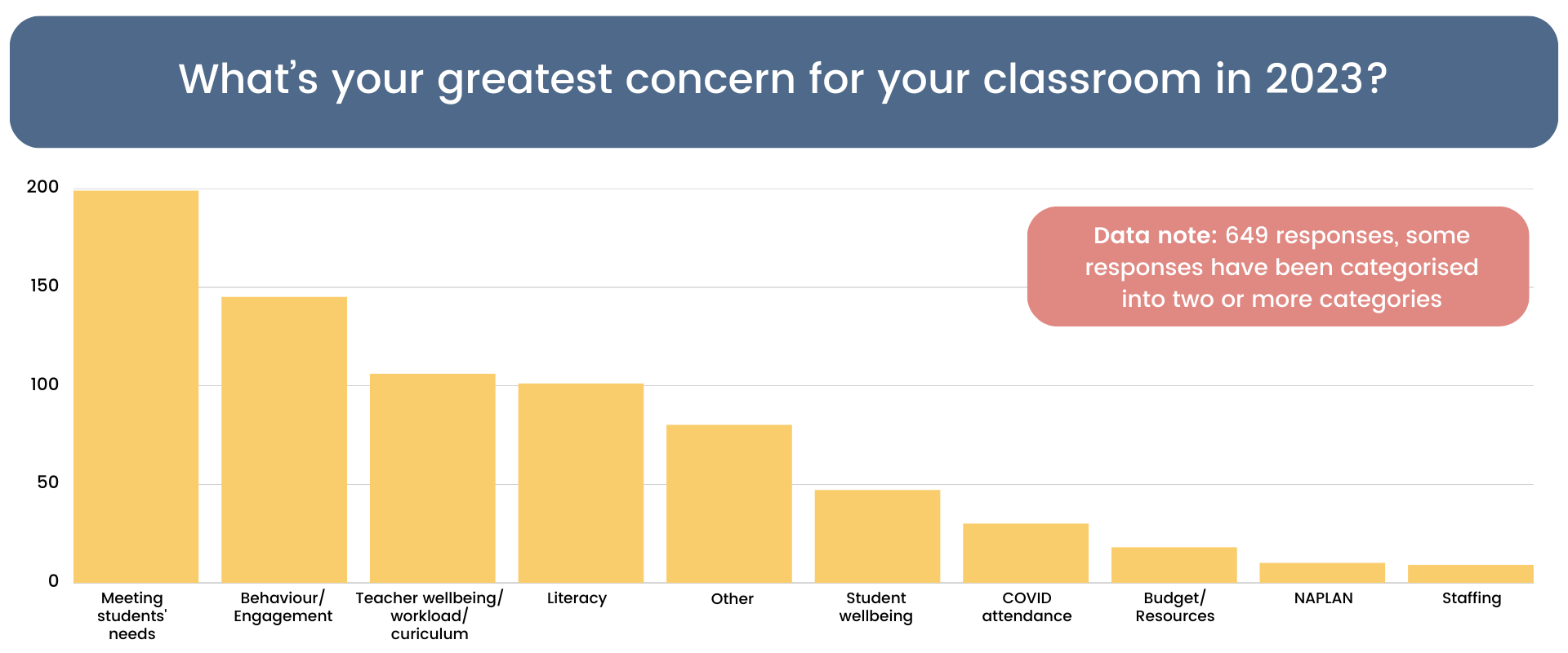
Key findings
What conclusions can we draw from what teachers have told us?
- The flexibility to attend PD online or in person has opened up many more opportunities and options – PD is no longer limited by geography, time zones or travel costs.
- Hybrid solutions that offer training, ongoing support and ready-made resources are preferable given that time, staffing and budgets are tight.
- There is a strong preference for short, drip-fed training sessions that allow teachers to learn, implement and reflect on new concepts in smaller chunks to reduce the cognitive load.
- There was also a preference for having training delivered during school hours to maintain a better work-life balance.
- There is an increased focus on well-being as students readjust to life in the classroom.
- Behaviour and engagement are even more of a challenge in the current climate and therefore training and programs that address this are required.
- Writing is still a priority and linking the development of writing to other foci such as well-being and engagement will help teachers tackle a few priority areas at once.
The challenge now is for PD providers (like the Seven Steps) to design training options that meet the real-life needs and requirements of schools and teachers – hybrid learning models, flexible PD options, and writing-focused training.
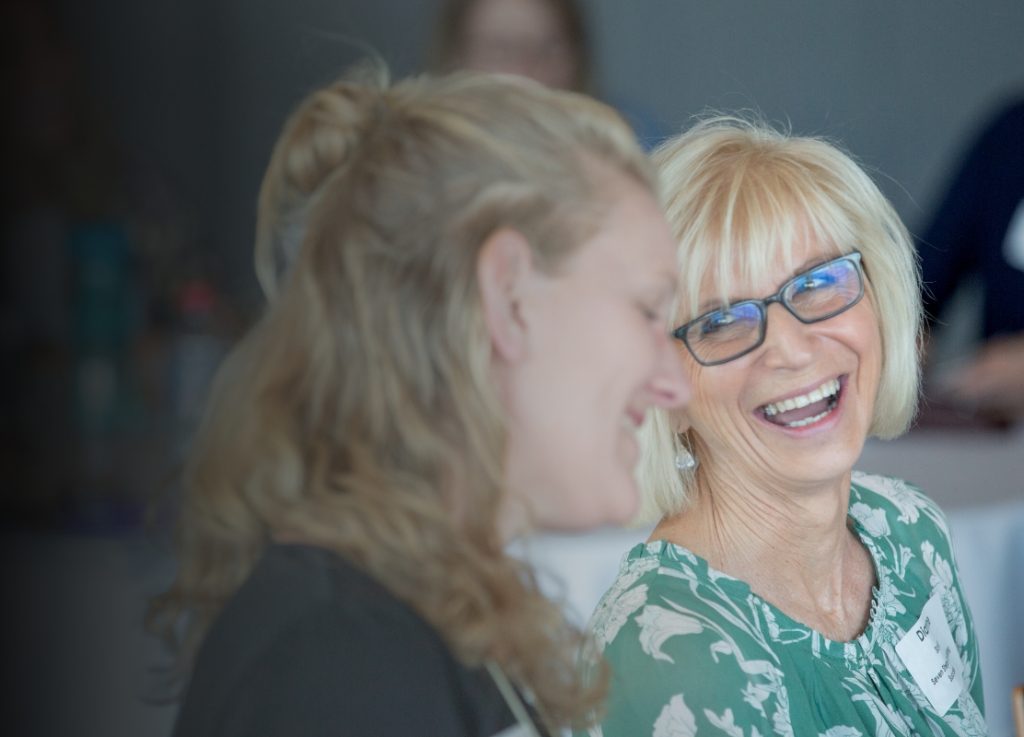
Learn the simple and powerful secrets to transforming student writing.
Online or in-person!
